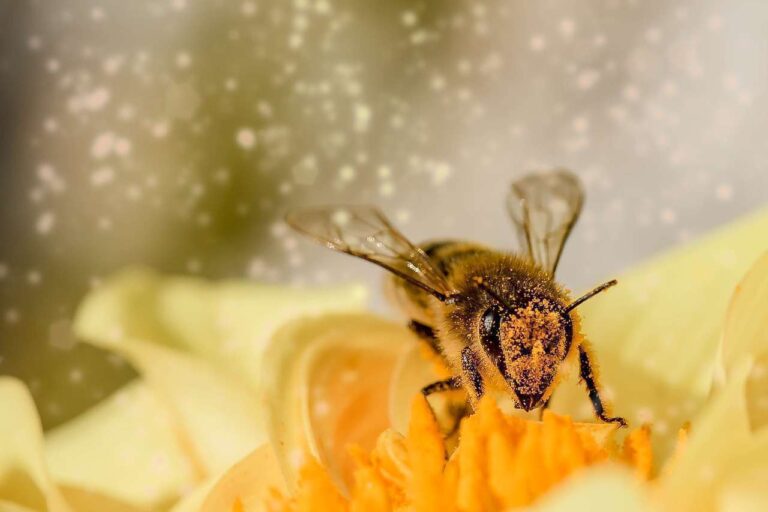When bees are near high voltage lines of electricity towers or cellular antennas, an increase in stress-related enzymes occurs in them. This conclusion is reached by a study carried out by the University of Talca, Chile.
The research was led by Marco Molina, director of the Center for Integrative Ecology of the aforementioned university. “Every time a bee approaches a power line or a cell phone antenna, it becomes stressed and, therefore, its internal temperature increases and pollination service decreases. ”, says Molina.
One of the difficulties of the experiment was to evaluate how the presence of a metal structure with hundreds of meters of cable affected the gait of pollinating insects. For this reason, they studied the behavior of bees in areas with active and inactive towers.
It should be noted that the study was carried out in poppy fields. This plant needs bees to pollinate its flowers, but electricity and telecommunications towers interfere with the natural navigation system of the bees, which relies on magnetic receptors, making it difficult for them to find the flower fields and return to the hive. The result was that the plants near the towers produced fewer seeds.
Without bees, food security would be affected
The consequences of reducing pollination are amplified when electromagnetic fields are close to agricultural land. “We realized that all those crops that are adjacent to the electricity conduction lines remain without being pollinated, which results in a decrease in the production of crops. food, therefore, food security is put at risk,” Molina said.
For its part, the Food and Agriculture Organization of the United Nations (FAO) has insisted that the absence of bees and other pollinators would eliminate apples, tomatoes, coffee, almonds, cocoa, among other crops that depend on pollination.
It is not only electromagnetic power lines that threaten bees, but also environmental pollution, pesticide use, intensive agriculture and biodiversity loss.
FAO urges to make respectful and friendly decisions towards pollinators. It even argues that growing flowers at home to feed bees is a way to contribute to their preservation.



